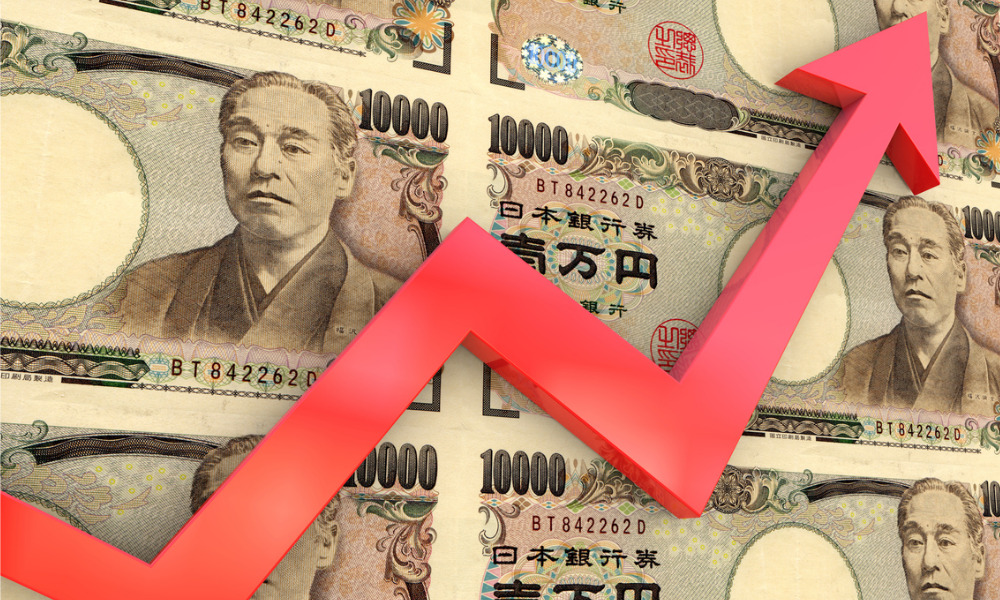Prices are rising faster than earnings, putting retailers in a 'tough predicament'

While core consumer prices in Japan are approaching the central bank's 2% target, veteran entrepreneur Ernie Higa believes it's still too early to rejoice.
Higa, chairman and CEO at Higa Industries', who is best known for bringing the Domino's Pizza franchise to Japan, told CNBC's ‘Squawk Box Asia', “When you talk about inflation, it’s kind of like cholesterol – there’s good cholesterol and bad cholesterol – what we’re experiencing now in Japan is bad inflation.”
In an official data released recently, the core consumer price index in Tokyo grew 1.9% in May compared to the previous year, excluding fresh food and energy.
While that percentage falls just short of the Bank of Japan's illusive inflation target, food and energy expenses have risen significantly.
In May, the consumer price index in Tokyo climbed only 0.9% year on year, excluding fresh food and energy costs.
In an interview with CNBC, Higa said that when the Bank of Japan set its 2% inflation target, it was aiming for demand-pull inflation, in which rising wages trigger a "virtuous cycle" of consumer spending, pushing prices and salaries even higher.
However, he continued, the country is currently seeing cost-push inflation, which means that prices are rising faster than salaries. “As a retailer you’re really squeezed because all of your costs have gone up but you’re not able to really pass on that cost … to the consumer.”
Japan is hardly the only large economy dealing with rising prices. Other countries, such as the United States and the United Kingdom, are currently experiencing considerably more severe cost-of-living issues.
The distinction is that the Bank of Japan has maintained an ultra-dovish monetary policy position, maintaining low interest rates at a time when its peers in the United States are raising rates. The Federal Reserve and the Bank of England have boosted interest rates to combat inflation.
The yen has weakened sharply so far this year as a result of the policy divergence, with the currency falling below the 130 level against the greenback at one point.
Since then, the yen has risen, with the currency last trading near 127 per dollar in Asia on Friday afternoon. However, this is still a significant drop from early this year's levels of approximately 114 against the greenback.
According to Higa, “The yen exchange is very important because Japan imports 60% of its food, not to mention 99% of its energy, and so this is causing a huge issue. The Japanese currency’s sharp weakening against the dollar is resulting in an “extreme cost,”
“If you import food, you can’t even fix your cost, much less then how do you figure out … your selling price,” Higa stated.



